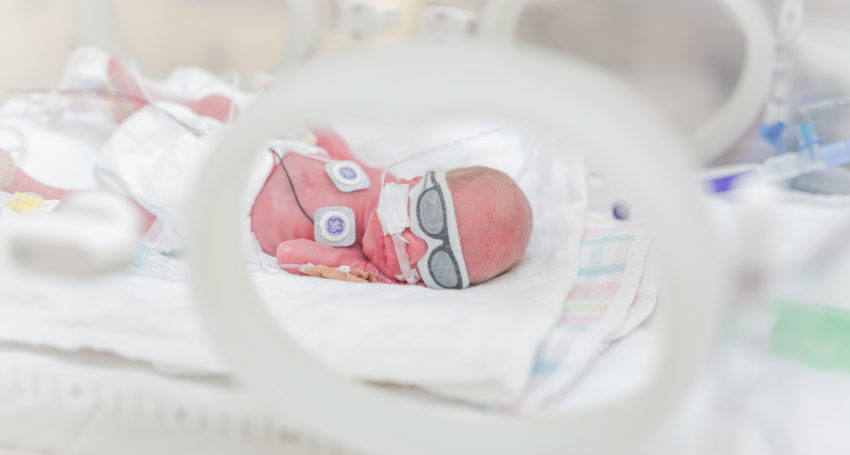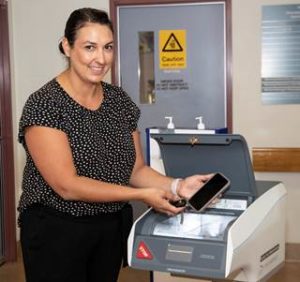Neonatal units helping fight pandemic
Health & Medical
Researchers trialling new ways to guard pre-term babies against respiratory infection are adding valuable data to the global COVID-19 response.

Sign up to receive notifications about new stories in this category.
Thank you for subscribing to story notifications.

The South Australian Health and Medical Research Institute (SAHMRI) project began before the current pandemic as a trial to build a database of infection rates that delivers real time information on patterns of infection in neonatal units.
Project leader and research fellow Dr Amy Keir said project started with a clinical practice improvement group at the Women’s and Children’s Hospital in Adelaide, South Australia but has since included a focus on keeping people safe from the coronavirus using sanitisers and iPads.
“We looked at practices and identified areas when we looked at the data where we could do better,” Dr Keir said.
“I can see the absolute benefits we’ve had so far.”
Project clinical nurse Angela Cavallaro said the data showed respiratory viruses were a key concern in neonatal units.
The team then worked with staff and parents to find ways to reduce infections particularly with the risk of COVID19 emerging, and an ultraviolet light sanitiser was installed at the neonatal unit last month.

Project clinical nurse Angela Cavallaro with UV sanitiser.
Cavallaro said sick and preterm babies were particularly vulnerable to infection and the sanitiser was designed to ensure parents were not spreading viruses by taking their belongings into the unit.
Research showed mobile phones carry more harmful bacteria than toilet seats, Cavallaro said, but they were important communication tools for parents when they visited babies.
“The aim of the sanitiser is to reduce viruses and bacteria on the objects by 99.9 per cent,” she said.
The sanitiser unit is located in the foyer to the nurseries and the ultraviolet light sanitises phones, keys, identification badges and other items for staff and parents.
The UV sanitiser complemented another program to create family specific resources to prevent infections.
Cavallaro said increased involvement of parents in the direct care of their babies was proven to reduce the rates of hospital-acquired infections.
That research backed a new Baby Talk Communication Tool program also being introduced this week where ill parents or family members could remotely connect with babies in the nurseries using iPads.
“It’s an online platform for parents to be able to see and talk to their babies when they are not on site, they might be unwell post delivery or generally not feeling well,” Cavallaro said.
“We’ll be implementing it over the next week or two, COVID has pushed that along a little with new restrictions on visitors to the unit to reduce risk.
“The iPads will also help mothers who can’t be in the unit when they express milk to see their baby.”
Dr Keir said while the overall project focused on longer term health care outcomes for babies the work also added important infection reduction data to SAHMRI’s work around the spread of COVID-19.
The Health Services Charitable Services Gift Board is funding Cavallaro and midwife project officer Charlotte Groves to run the clinical practice program in the Women’s and Babies Division at Women’s and Children’s Hospital.
Dr Keir said the project allowed clinicians and families to directly see the effects of different infection prevention measures and the plan was to eventually roll the overall program out across South Australia.
Jump to next article



